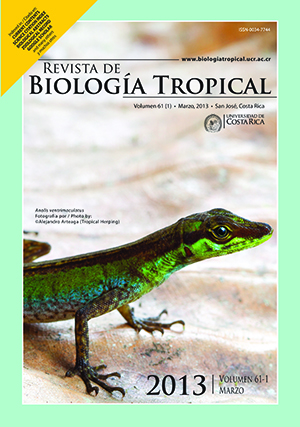Abstract
Microbial biomass and activity in soils are frequently studied in tropical dry forests, but scarce information is available about the relationships between functional bacterial groups and soil fertility, where relief interacts with rainfall seasonality. The culturable-bacterial groups and nutrients were studied during two consecutive years in soils from two topographic areas of different relief (hilltop vs hillslope) in a tropical dry forest from Chamela Jalisco, Mexico. We expected that seasonal and spatial variation in soil resources availability affects the abundance of functional culturable-bacterial groups. To evaluate this, fifteen soil cores (1kg), 0-5cm depth, were taken in the dry, early rainy and rainy seasons, from each of the ten replicate plots in hilltop and hillslope areas located in three microbasins. We found that hilltop soils were more organic and had higher concentration of labile C and total nutrient forms than hillslope soils, for which these soils had higher counts of colony-forming units (CFU) of total heterotrophic and P solubilizing bacteria. In both hilltop and hillslope soils, C and nutrient concentrations, as well as the counts of CFU of heterotrophic and P solubilizing bacteria generally decreased from the dry to the rainy season during the two study years. In contrast, the counts of CFU nitrifying and cellulolytic bacteria were higher at the hillslope than at the hilltop soils. The seasonal pattern of both groups was opposite to that of heterotrophic bacteria, presumably associated with a decrease in soil labile C and organic matter quality. In conclusion, our study suggests that available C appears to be the main factor that controls the structure of soil bacterial groups and soil fertility, where relief, rainfall seasonality and intra- and inter-annual variations are critical factors that interactively modify bacterial dynamics related to soil C availability in the tropical dry forest.##plugins.facebook.comentarios##
Downloads
Download data is not yet available.






